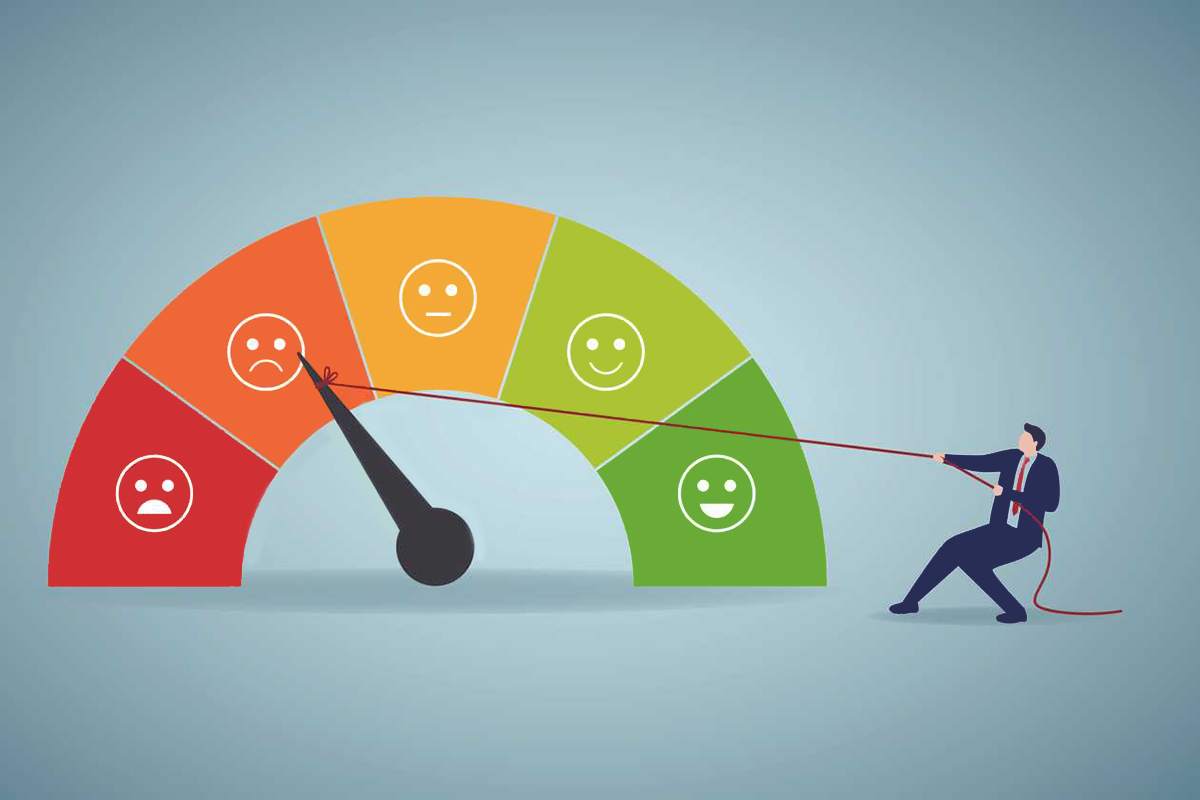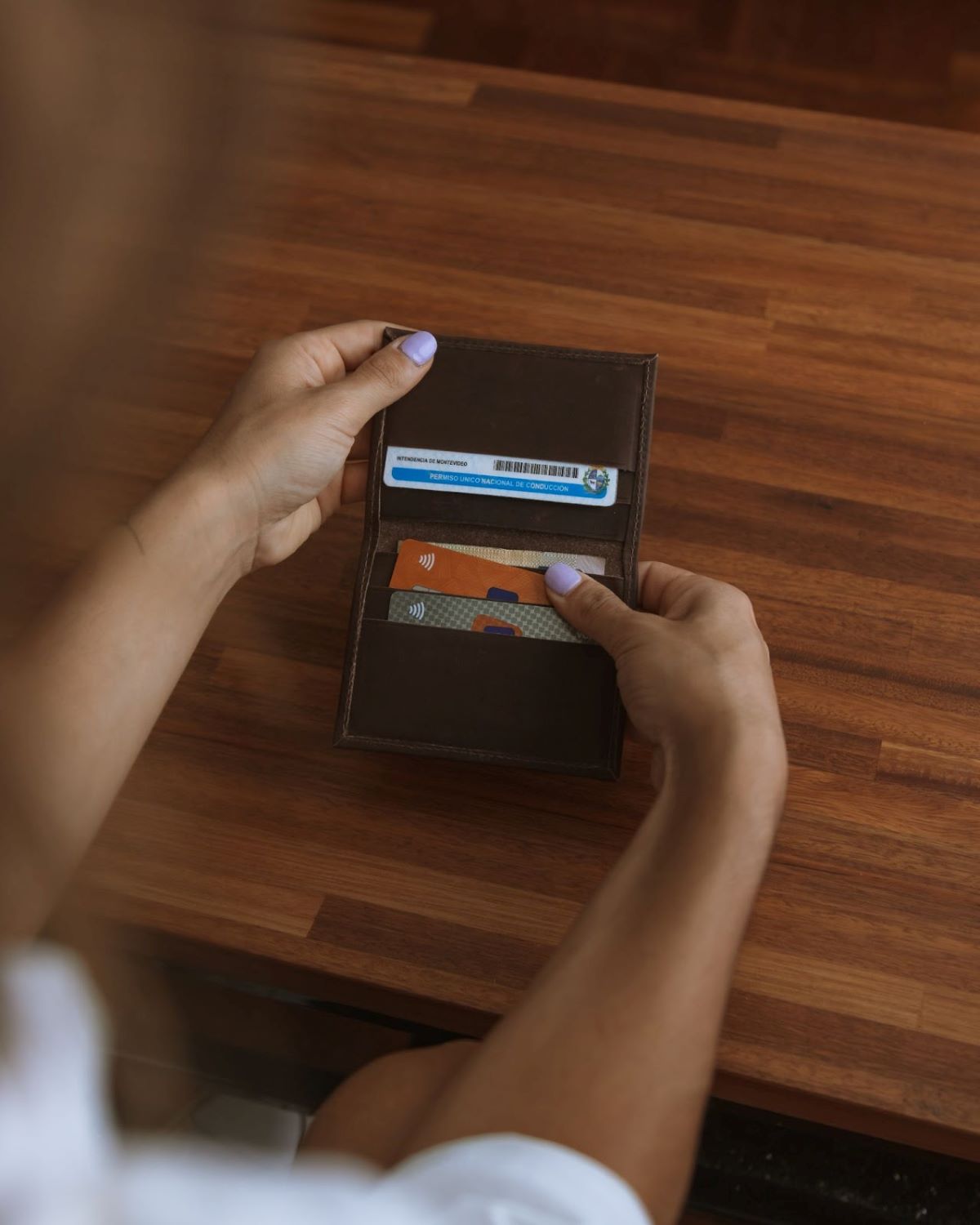

Finance
How To Add Your Utilities To Your Credit Score
Published: October 22, 2023
Learn how to improve your credit score by adding your utility bills to your credit report. Discover smart financial strategies to boost your overall creditworthiness.
(Many of the links in this article redirect to a specific reviewed product. Your purchase of these products through affiliate links helps to generate commission for LiveWell, at no extra cost. Learn more)
Table of Contents
Introduction
Having a good credit score is crucial when it comes to achieving financial stability and security. Your credit score impacts your ability to obtain loans, secure favorable interest rates, and even rent an apartment. Most people are aware that their credit score is influenced by factors such as credit card payments, loans, and mortgages. However, what many people don’t realize is that their utility bills can also play a part in determining their creditworthiness.
Traditionally, utility payments such as electricity, water, gas, and telecommunications have not been included in credit scores. This means that even if you have always paid your bills on time, it may not have directly contributed to building your credit. However, there are steps you can take to add your utilities to your credit score and potentially improve your creditworthiness.
In this article, we will guide you through the process of adding your utilities to your credit score. By following these steps, you can enhance your credit profile and potentially improve your financial standing.
Step 1: Gather your utility bills
The first step in adding your utilities to your credit score is to gather copies of your utility bills. This includes bills for electricity, water, gas, internet, cable, and any other utilities that you regularly pay for.
Make sure you have recent copies of these bills, preferably from the past six months to a year. The more bills you can gather, the better, as it will provide a more comprehensive picture of your utility payment history.
If you receive paper bills, you can easily access them by checking your mail or filing system. If you receive electronic bills, log in to your provider’s website or access your email to find and download the necessary documents.
Organize the bills in a folder or create a digital folder on your computer for easy access. This will ensure that you have all the necessary information readily available when you reach out to the credit reporting agencies.
Gathering your utility bills is an essential first step as it establishes a foundation for providing proof of your payment history to the credit reporting agencies. By having these documents ready, you’ll be better prepared to proceed with the next steps in adding your utilities to your credit score.
Step 2: Contact the credit reporting agencies
Once you have gathered your utility bills, the next step is to contact the credit reporting agencies. The major credit reporting agencies include Equifax, Experian, and TransUnion. These agencies collect data on individuals’ credit history and compile credit reports that are used by lenders, landlords, and other entities to assess creditworthiness.
When contacting the credit reporting agencies, inform them about your intention to add your utilities to your credit score. You can reach out to them through their websites or by phone. It’s important to inquire about their specific requirements and processes for adding utility payment information to your credit file.
During this step, you may be required to provide personal identification information to verify your identity. Be prepared to provide your name, address, date of birth, and Social Security number.
It’s worth noting that not all credit reporting agencies may include utility payment information in their credit reports. However, it’s still important to contact them and inquire about the possibility. Even if only one or two of the agencies include utilities in their reports, it can still have a positive impact on your creditworthiness.
Remember to keep a record of your interactions with the credit reporting agencies, including the names of the individuals you spoke to and any reference or confirmation numbers provided. This will help ensure a smooth process and give you a reference point if any issues arise.
By contacting the credit reporting agencies, you are taking the necessary step to initiate the process of adding your utilities to your credit score. Next, you’ll need to provide proof of your utility payments.
Step 3: Provide proof of utility payments
After contacting the credit reporting agencies, the next step is to provide them with proof of your utility payments. This proof will validate your history of timely payment and help establish your creditworthiness.
The specific documentation you need to provide may vary depending on the requirements of the credit reporting agencies. However, some common documents that can serve as proof of utility payments include:
- Billing statements – Submit copies of your utility bills, preferably the most recent ones. These should clearly show your name, address, utility service provider, billing period, and the amount due. Make sure the payment due date and any late fees are also visible.
- Payment receipts – If you have any receipts or confirmation emails from making utility bill payments, include those as well. These can serve as additional evidence of your consistent payment history.
- Bank statements – Provide bank statements that show the utility payments being debited from your account. This can further verify your payment history and showcase responsible financial management.
When submitting these documents, ensure that they are legible and easily understandable. It’s also important to redact any sensitive information such as account numbers or personal identification numbers (PINs) to protect your privacy.
Organize the documents in a clear and organized manner, either by creating digital folders or by physically arranging them in a binder or file. This will not only make it easier to submit the information but also to refer back to it if needed.
Once you have gathered and prepared the necessary proof of payment, follow the instructions provided by the credit reporting agencies for submitting the documentation. This may involve uploading the files through their online platforms or mailing physical copies to their designated address.
Providing proof of your utility payments is a crucial step in adding your utilities to your credit score. It will help strengthen your credit history and demonstrate your responsible financial behavior to potential lenders and creditors.
Step 4: Follow up with the credit reporting agencies
After submitting your proof of utility payments to the credit reporting agencies, it’s important to follow up to ensure that your information is properly added to your credit file. This step will help you verify that your efforts to include your utilities in your credit score were successful.
Give the credit reporting agencies some time to process the documentation you provided. The exact timeframe may vary, but it’s typically a good idea to wait at least 30 days before following up. During this time, the agencies will review your documents and update your credit file accordingly.
To follow up, contact the credit reporting agencies through the same channels you used initially, whether that’s through their website or by phone. Be prepared to provide the reference or confirmation numbers from your previous interactions, as this will help the representatives locate your file and provide you with relevant information.
During your follow-up conversation, ask for an update on the status of your request. Inquire whether your utility payments have been successfully added to your credit file and whether the agencies have any additional questions or requirements.
If the credit reporting agencies inform you that there are any discrepancies or issues with your documentation, address them promptly. Ask for specific details on what needs to be resolved and provide any additional information or clarification that may be requested. This will help ensure that your utility payments are accurately reflected in your credit history.
Keep a record of your follow-up conversations, including the date, time, and names of the representatives you spoke to. This will serve as documentation of your diligent efforts to add your utilities to your credit score.
Following up with the credit reporting agencies is essential to confirm that your utility payments have been successfully incorporated into your credit file. This step will provide you with the reassurance that your credit report accurately reflects your responsible payment history.
Step 5: Monitor your credit score regularly
After adding your utilities to your credit score, it’s important to monitor your credit score regularly. This will allow you to stay informed about any changes or updates to your credit profile and help you track the impact of adding your utilities on your overall creditworthiness.
There are several ways to monitor your credit score. Here are a few suggestions:
- Obtain a free credit report – By law, you are entitled to a free credit report from each of the major credit reporting agencies once a year. Take advantage of this and review your credit report to ensure that your utility payments are accurately reflected.
- Sign up for credit monitoring services – There are various credit monitoring services available that provide regular updates on your credit score and any changes or updates to your credit file. These services often provide alerts for any suspicious activity or errors on your report.
- Use credit score tracking apps – Many financial institutions and credit card companies offer apps that allow you to track your credit score on a regular basis. These apps often provide additional features such as personalized tips for improving your score or credit utilization.
Make it a habit to review your credit score and credit report at least once every few months. This will help you spot any discrepancies or errors that may arise and take appropriate action to resolve them. It also allows you to stay aware of your overall credit health and take steps to maintain or improve your creditworthiness.
Remember, adding your utilities to your credit score is just one piece of the puzzle. It’s important to continue practicing good financial habits, such as making timely payments and keeping your credit utilization low, to maintain a healthy credit score.
By monitoring your credit score regularly, you can stay on top of any changes and ensure that your credit history accurately reflects your responsible payment behavior, including your utility bill payments.
Conclusion
Adding your utilities to your credit score can be a beneficial step towards improving your creditworthiness and financial standing. By including your utility payment history in your credit file, you provide potential lenders and creditors with a more comprehensive view of your responsible financial behavior.
Throughout this article, we have outlined the steps to add your utilities to your credit score:
- Gather your utility bills and organize them for easy access.
- Contact the credit reporting agencies to inquire about their requirements and processes.
- Provide proof of utility payments, such as billing statements, payment receipts, and bank statements.
- Follow up with the credit reporting agencies to ensure that your utility payments have been successfully added to your credit file.
- Monitor your credit score regularly to stay informed about any changes or updates.
By following these steps, you take control of your creditworthiness and demonstrate your responsible financial behavior. Keep in mind that it’s essential to continue practicing good financial habits, such as making timely payments and managing your overall credit utilization, to maintain a healthy credit score.
Remember, the process of adding your utilities to your credit score may vary depending on the credit reporting agencies and their specific requirements. It’s important to thoroughly research and follow the instructions provided by each agency to ensure a smooth and successful process.
With your utilities included in your credit score, you have the potential to improve your creditworthiness and open up more opportunities for financial growth. So take the necessary steps today and start harnessing the power of your utility payments to enhance your credit profile.














